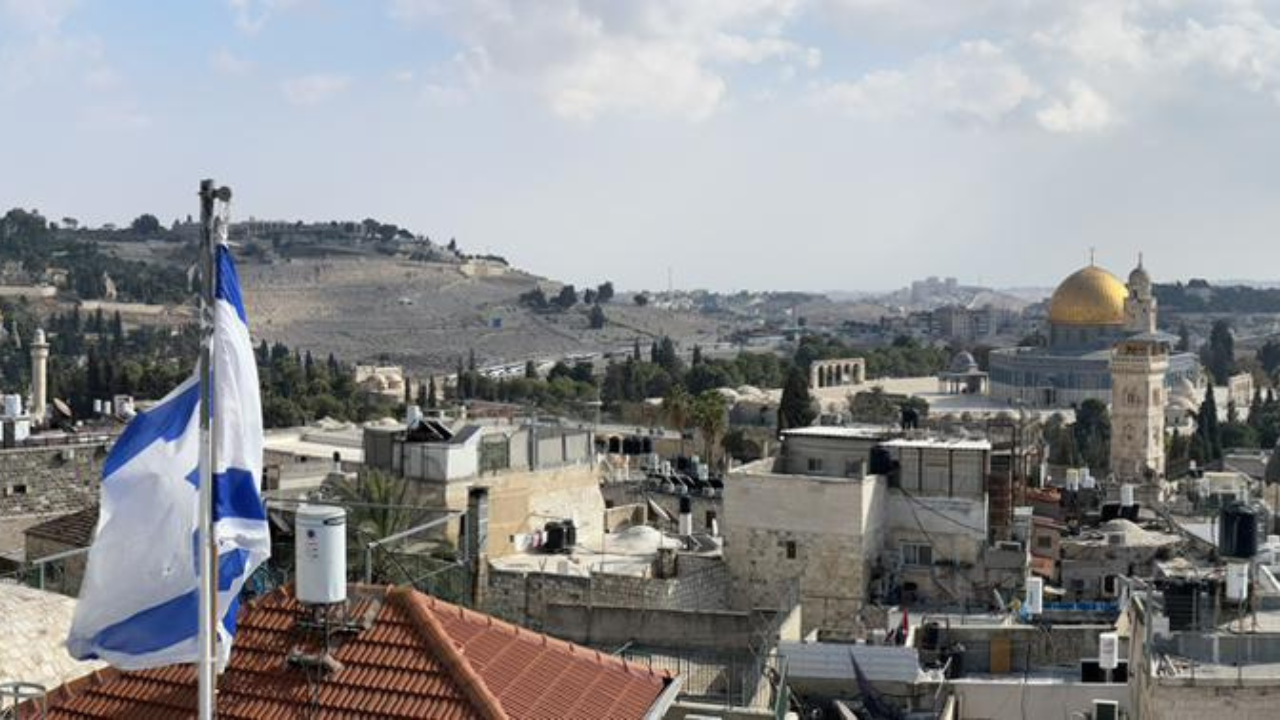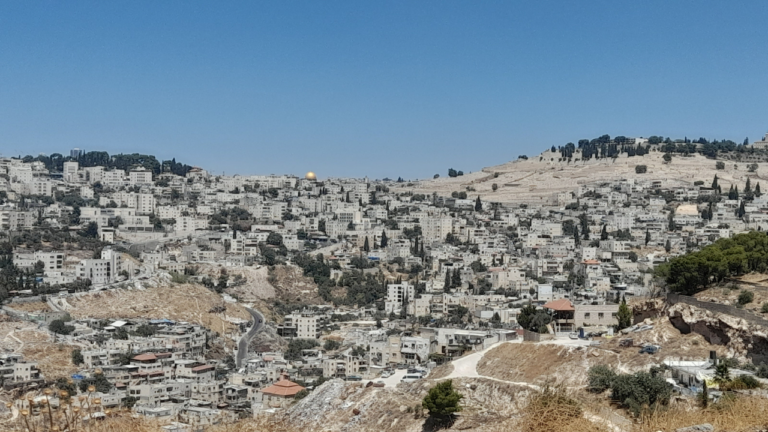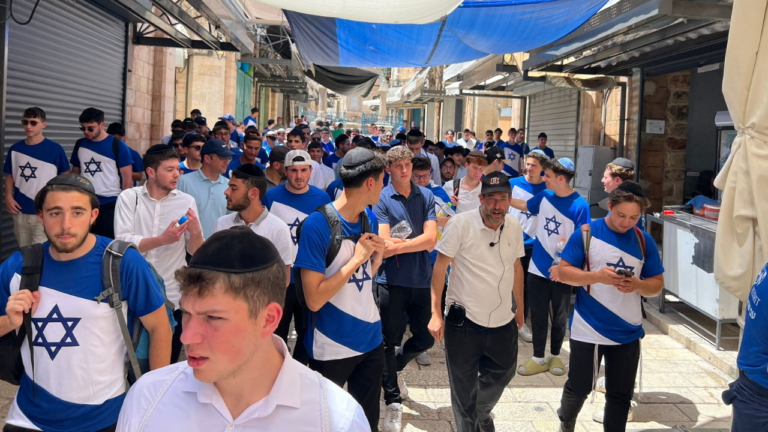The Highs And Lows of Jerusalem
This week’s parsha and the conclusion of last week’s parsha are a study in contrasts. Parshat VaYeira concludes with the epic and otherworldly story of the Akeidah. As if out of nowhere, God appears to Avraham and tells him to offer his son as a sacrifice. According to the midrash several supernatural events occurred along the way with the Satan actively trying to hold Avraham back. Finally, at the last moment an angel calls out from the heavens to stop. It is a story of God putting a hero to the ultimate test.
By contrast, this week’s parsha brings us back down to earth. It is a story of family relationships and commerce. Sarah dies and the larger-than-life figure of Avraham becomes vulnerable and cries. He is forced to haggle with Efron over the acquisition of the field containing the cave of Machpelah. The rest of the parsha is dedicated to marriage: Yitzhak to Rivka and Avraham to Hagar. God does not appear in the whole parsha nor do open miracles occur.
This juxtaposition is clearly intentional and contains an important lesson. What is the meaning of the Torah bringing the storyline of Avraham back down to the routine and mundane?
Perhaps on lesson is as follows. We all have high moments in our life – times of illumination, clarity and connection. These are parallel to Avraham’s ascent to Mount Moriah and the events of the Akeidah. As important as these are, though, they are not enough. Judaism teaches that we must also focus on sanctifying the day to day, run-of-the-mill experiences of life.
Herein lies the greatness of Avraham. He was able to take what he gained through the experience of the Akeidah and draw it into the rest of his life. His honesty, integrity, refined character-traits that were on display during his interactions with Efron and the Bnei Chet were the result of a true internalization of the moments of intense and epic spiritual illumination.
While our high-points do not rival those of Avraham, the ideal Jewish life follows in this path. The Torah commands us to, similar to Avraham, travel to Yerushalayim and Mount Moriah three
times a year to see and by seen by God. These were presumably the spiritual peaks of the year. The average farmer traveled to Yerushalayim and was transported into a spiritual world filled with the Beit HaMikdash, the righteous people of Yerushalayim and millions of brethren.
But the goal is not for everyone to live on top of the mountain or even in the city of Yerushalayim. God wants the average farmer to return home feeling the impact of those days or even minutes of inspiration. These experiences are to change him for the better and to enable him to transform his regular surrounding into a place that is a home for God. Living a “regular” life outside of Yerushalayim is not disconnected from the city that is the apex of spirituality. Rather, the average Jew is to take his experiences in Yerushalayim and the Beit HaMikdash and use them to create mini-Yerushalayim’s wherever one might be.



